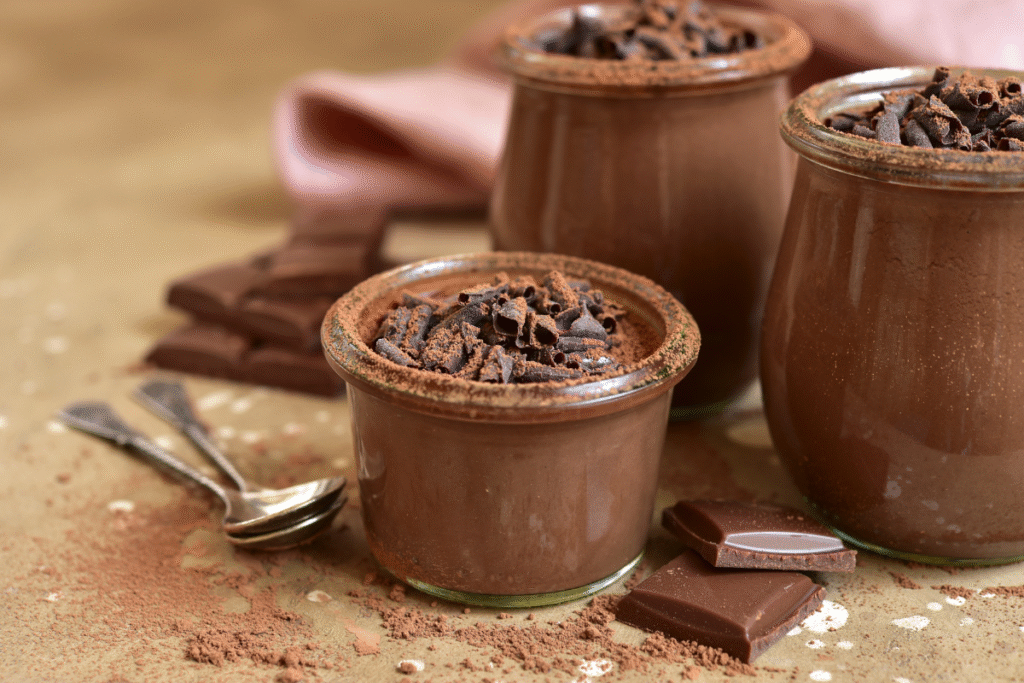Indigenous Arts hold great significance around the world. Depicted through paintings, bead work, music, dance, sculptures, language, among others. Art plays an important role in the lives of people, especially with regards to preservation of culture and diversity. The Indigenous arts entered Canada during the Ice Age period, however, records date back to 80,000 years ago. These arts include paintings on leaves, wood carvings, stone carvings, and sand paintings. Correspondently, art has been the way of the Indigenous community to honour their ancestor’s, spirituality, heritage and culture–often depicted through vibrant colours, bold visuals, and appealing sculptures. As for the modern Indigenous art forms, they have specialized ways of depicting mainstream pop culture. Here are five Indigenous artists that made an impact around the globe over the years.
- Norval Morrisseau (March 1932 – December 2007)
Norval Morrisseau is considered the grandfather of contemporary Indigenous art in Canada. He was a Member of the Indian Group of Seven and Creator of Woodlands School Artistic Genre. His art left an explicit impact on the people as he used bright colours to depict his stories. In 1962, Morriseau touched skies where he held an exhibition at Pollock Gallery in Toronto. He was the first contemporary Indigenous artist who showcased his culture Anishnaabe and Ojibway through paintings, political messages and spirituality. His arts have been displayed around the world and in the National Gallery of Canada.
- Bill Reid (January 1920 – March 1991)
Bill Reid is an internationally recognised Haida artist. He studied art in Toronto and London, England, and he created large sculptures of his culture. Additionally, he was outspoken to preserve the rights of the Indigenous community in Canada. Some of his classic and renowned pieces include, Four–Tonne Raven and the First Humans which was done for the University of British Columbia’s Museum of Anthropology, a whale called The Chief of the Undersea World for the Vancouver Museum, and The Spirit of Haida Gwaii, that are now present at the Canadian Embassy in Washington. In 1977, Bill Reid was awarded with the Molson Prize and in 1994, he was awarded with the Lifetime Achievement Award.
- Daphne Odjig (September 1919 – October 2016)
Daphne Odjig grew up in a family of carvers, her father and grandfather were stone carvers, and nurtured her talent for drawing and painting at the age of 13. She studied art in Sweden and Ottawa, where she spent most of her time at the Art Gallery of Ontario. Her art is inspired by bold and colourful representation. In 1964, she attended the 4th annual Wiikwemkoong Pow Wow, where she built her connection with the Indigenous identity and thereafter started representing most Indigenous themes, and gave visual representation to the old tales of Nanabush. Through her artwork and advocacy, Odjig is responsible for bringing Indigenous voices to the forefront in the Canadian art sector.
- Kenojuak Ashevak (October 1927 – January 2013)
Kenojuak Ashevak was known for her beautiful portrait of birds and animals using bold and vibrant colours. Her artistic works made people stay connected with nature. In the 1950s, her works came into the limelight and created a strong interest in the North and in Indigenous art. Moreover, she sculpted and designed blankets and stained glass windows. She created a large and vibrant mural that was displayed at the 1970 World’s Fair in Japan. Her Enchanted Owl (1960) was used on a stamp to celebrate the Northwest Territories’ centennial. Ashevak’s latter works became more stylized and challenging, such as the dog-man-dragon represented in the widely respected Dog Mother Shaman Transformation.
- Kent Monkman (13 November 1965)
Kent Monkman is said to be the most skilled and successful artists of his generation. His works include traditional painting techniques, with performance, and film and installation methods. Through his arts, he addresses the issues existing for gays and Indigenous history. Other than that, he explores the various aspects of Indigenous history and homosexuality. He was greatly influenced by American journalist and Painter, George Caitlin. He has received many awards and honours, including an Indspire Award, an Ontario Premier’s Award for Excellence in the Arts, and an honorary doctorate from OCAD University.
The Debu Living Team | Staff Writer













